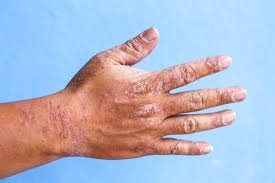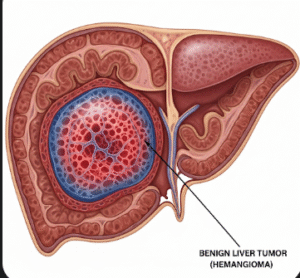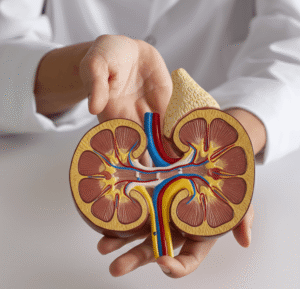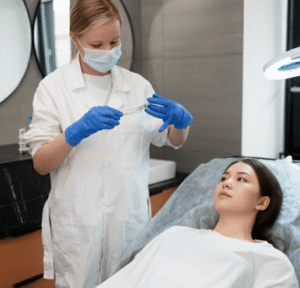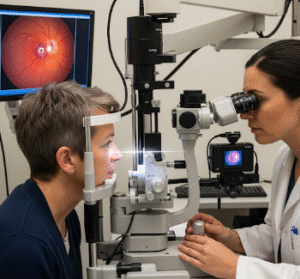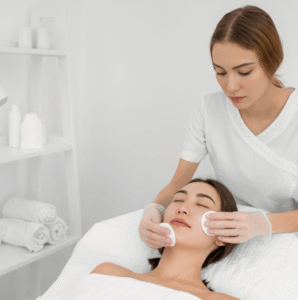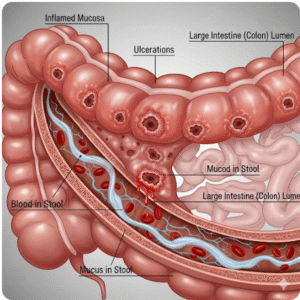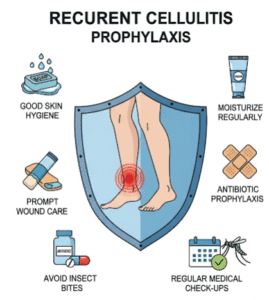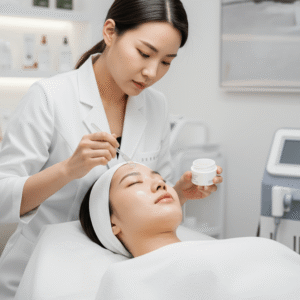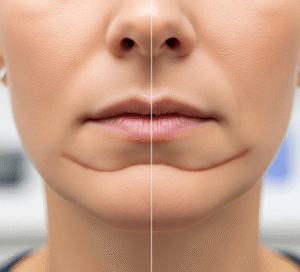Overview
Dermatitis, commonly known as eczema, is a condition causing inflammation, redness, and itching of the skin. In Korea, dermatitis affects people of all ages, with rising prevalence due to environmental factors, pollution, and lifestyle changes. Dermatology clinics and hospitals provide diagnosis, treatment, and preventive guidance to manage symptoms and improve quality of life.
What is Dermatitis?
Dermatitis is a general term for skin inflammation. It can present in several forms, including atopic dermatitis, contact dermatitis, and seborrheic dermatitis. The condition may be acute or chronic and often results from a combination of genetic, environmental, and immunological factors.
Symptoms
- Red, inflamed skin
- Itching (pruritus), sometimes severe
- Dry or scaly patches
- Swelling or blistering in acute cases
- Crusting or oozing in severe dermatitis
- Thickened skin from chronic scratching (lichenification)
Causes
- Genetic predisposition – family history of eczema or allergies
- Immune system dysfunction – overactive immune response to irritants
- Environmental triggers – pollution, harsh soaps, detergents
- Allergens – dust mites, pollen, pet dander
- Stress – can exacerbate symptoms
Risk Factors
- Family history of atopic conditions (eczema, asthma, allergic rhinitis)
- Exposure to irritants or allergens
- Dry skin or impaired skin barrier
- Young age (more common in infants and children)
- Seasonal changes or extreme weather conditions
Complications
- Skin infections due to scratching
- Chronic discomfort affecting sleep and daily activities
- Pigmentation changes or scarring
- Secondary allergic reactions
- Emotional distress, particularly in children
Prevention
- Avoid known irritants and allergens
- Maintain skin hydration with moisturizers
- Use gentle soaps and detergents
- Manage stress through relaxation techniques
- Regular dermatology check-ups for early intervention
Treatment Options in Korea
- Diagnosis
- Physical examination by dermatologists
- Patch tests to identify allergens
- Blood tests for immunoglobulin E (IgE) in allergic dermatitis
- Medical Treatments
- Topical corticosteroids to reduce inflammation
- Topical calcineurin inhibitors for sensitive areas
- Antihistamines to control itching
- Antibiotics if secondary infection occurs
- Phototherapy (narrowband UVB) for chronic cases
- Rehabilitation & Support
- Education on skin care routines and lifestyle adjustments
- Avoidance strategies for triggers at home and workplace
- Support groups and counseling for chronic sufferers

